(adsbygoogle = window.adsbygoogle || []).push({});
What do you think the leading cause of pain for millions of people under the age of 45?? You guessed, it’s a sore back. Back pain affects so many of us it’s incredible.
I use to suffer from lower back pain as well, so painful to the point where I could not get out of bed sometimes. One thing changed it. You may think I’m exaggerating but it was a remedy even doctors recommend.
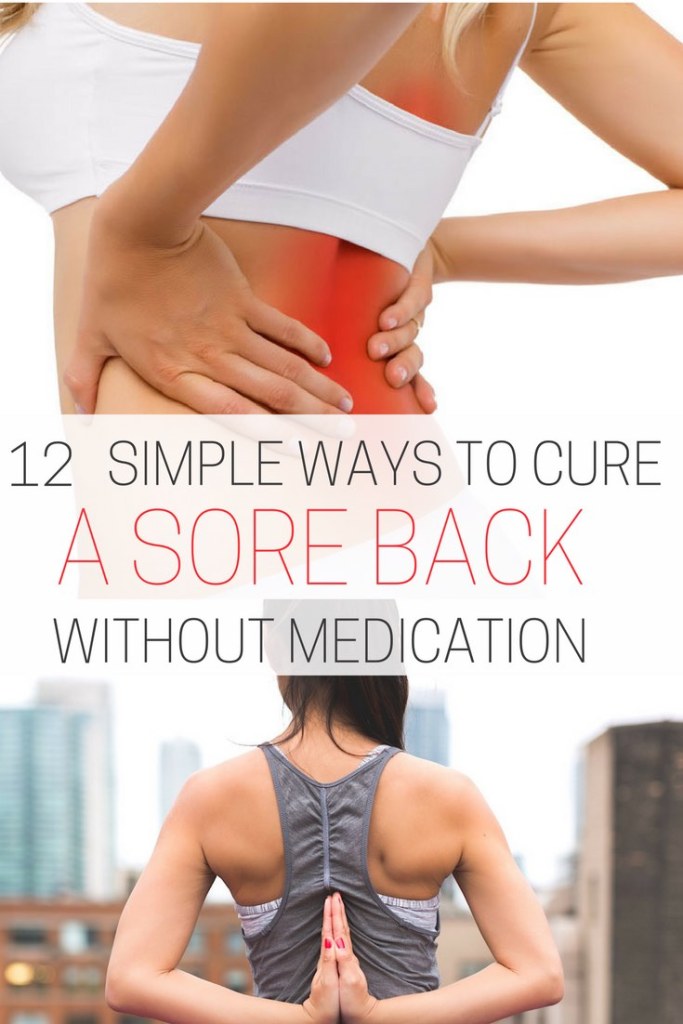
As a teenager, I suffered from scoliosis, which I later got treated for. That treatment doesn’t come without its fair share of issues to the spine such as back pain, loss of flexibility and potential breakage of the Harrington rod, even decades later. Thankfully, I didn’t experience breakage but I did lose some flexibility and seriously suffered from back pain.
Not knowing it will cure my cause, over a decade after my surgery, I started doing a few things that helped alleviate the pain and strengthen my core. Below are some of the things I’ve tried, as well as a few others I haven’t but are highly recommended to cure my lower back pain.
(adsbygoogle = window.adsbygoogle || []).push({});
Sore Back Problems
Some complications to the spine causing a sore back come from diseases that develop with age or are there from birth such as:
- Herniated or slipped discs
- Bulging discs
- Degenerative disc disease
- Inflammation and wear of the sacroiliac joint
- Spinal stenosis
- Cervical radiculopathy
- Spondylolisthesis
- Ankylosing spondylitis
- Scoliosis, or curvature of the spine
- Osteomyelitis or discitis, infections in the bones and discs of the spine
https://www.googletagservices.com/tag/js/gpt.js
var googletag = googletag || {};
googletag.cmd = googletag.cmd || [];
googletag.cmd.push(function() {
googletag.defineSlot(‘/360613911/GenericDFP2017’, [728, 90], ‘div-gpt-ad-1506002846364-0’).addService(googletag.pubads());
googletag.pubads().enableSingleRequest();
googletag.enableServices();
});
Injuries and Accidents
Car accidents, falls, awkward movements can lead to muscle sprains, strains, and fractures such as:
- Spine or vertebral fractures
- Sprains and strains caused by Injuries to ligaments, muscles, and tendons that support the spine and its joints leading to back pain
- Spasms caused by torn muscles and tendons in your lower back
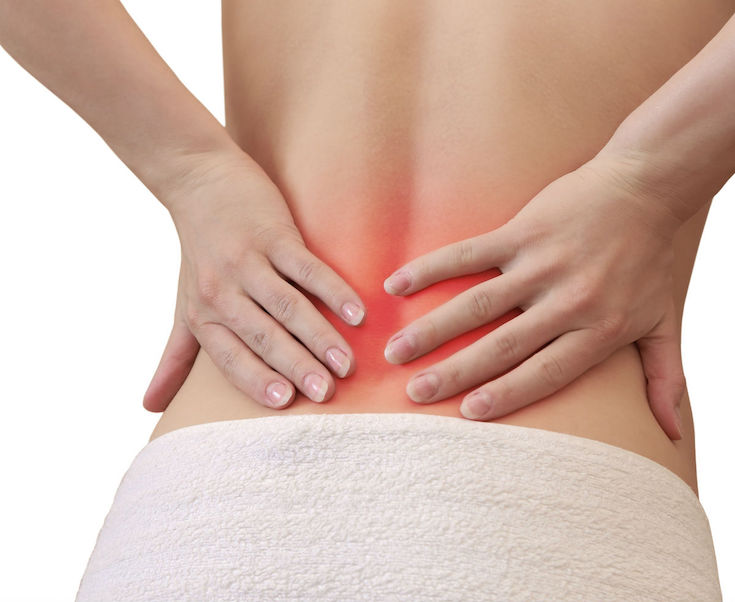
(adsbygoogle = window.adsbygoogle || []).push({});
Lifestyle Causes
Most of us don’t take good care of our spines, often leading to various types of back pain. This lack of care can lead to physical discomfort that make us susceptible to injuries or chronic pains:
- Slouching at your desk
- Lifting heavy objects
- Overweight
- Not exercising
- Smoking
- Wearing high heels
- Stress can lead to muscle tension in the back, and depression and anxiety may make the pain feel even worse.
(adsbygoogle = window.adsbygoogle || []).push({});
Changes to Reduce Back Pain
I’ve told you earlier that I used experience back pain due to my scoliosis but eventually adopted lifestyle changes that reduced it significantly. So what were some of those changes?
Exercise
Exercise is essential when it comes to maintaining proper spinal health. It can also aid in the rehabilitation of an injured or strained spine. You don’t need to be an expert in physical fitness to indulge your spine with regular exercise. More and more doctors are prescribing exercise as a back pain relief.
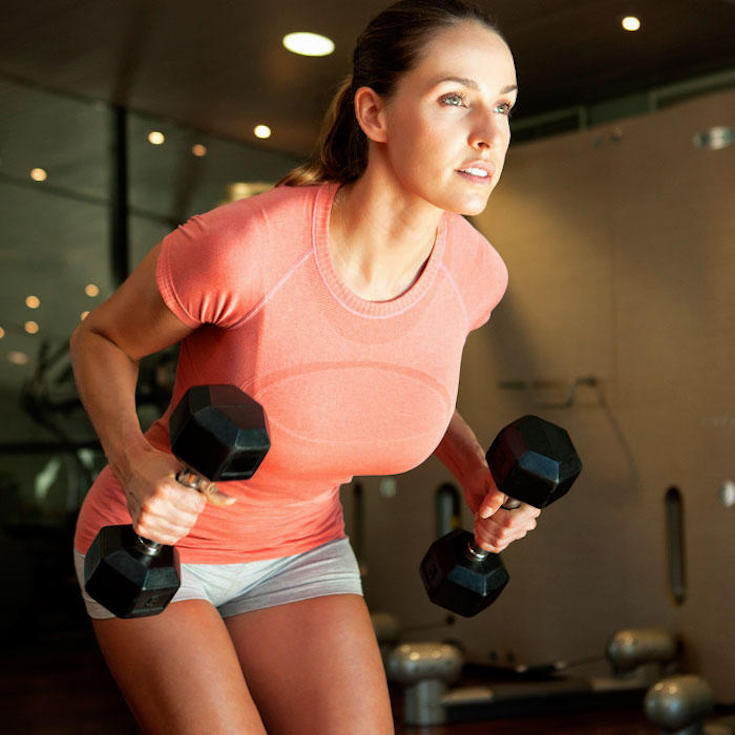
A simple exercise program that focuses on stretching and strengthening the back, hamstrings, and abdominal muscles can go a long way toward distributing nutrients into your spinal discs and soft tissues.
It will accelerate your healing process and keep body, joints and spine healthy.
(adsbygoogle = window.adsbygoogle || []).push({});
Massage Therapy
Massage therapy is an effective treatment for several types of back pain. Massages offer several potential benefits, including improving blood circulation for the recovery of sore muscles, restoring spinal range of motion, helping with insomnia, and upping your body’s natural chemicals that boost your feel-good emotions (endorphins).
While this is something I don’t do often enough, when I do, I widely benefit from it and my whole body feels refreshed.
Physiotherapy
Physical therapy is often recommended to people with ongoing back pain and issues. This is something I’ve had to do at various moments in my life to restore my back to its normal state.
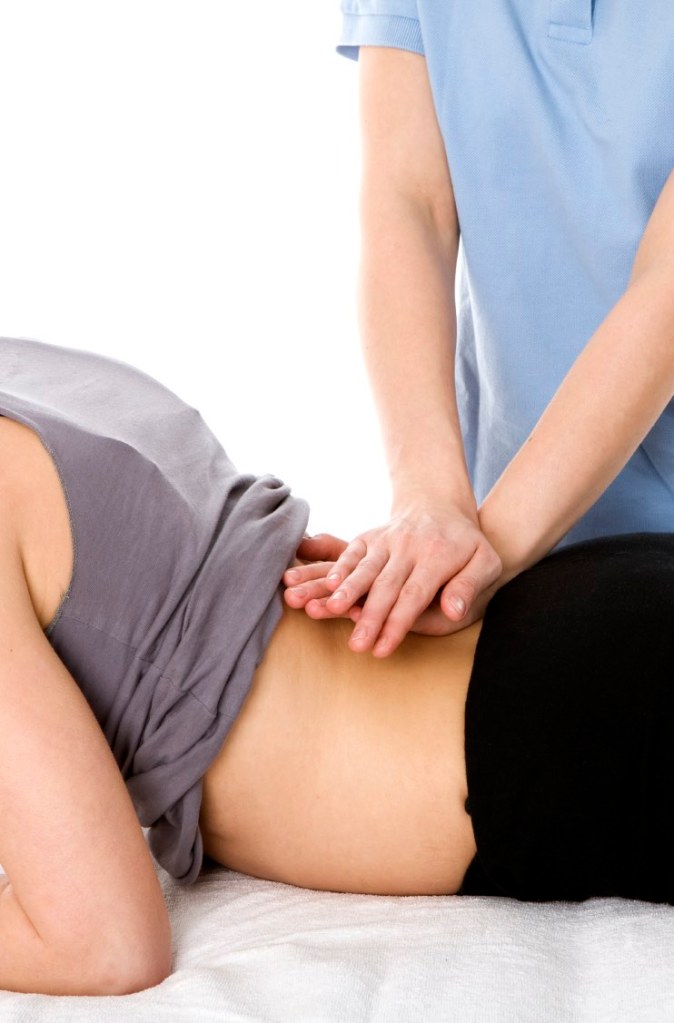
Like massage, it’s main goal is to decrease pain and increase function but also provides education on a maintenance program to prevent further recurrences.
Physiotherapists can easily be found, whether you’re in Melbourne, Australia such as South Melbourne physio, Canada, the US, or anywhere else. They rehabilitate you quickly and provide great advice to keep you from avoiding future pain and injury. There are a range of Hanwell Physiotherapy Treatments so you can easily find a treatment for you.
(adsbygoogle = window.adsbygoogle || []).push({});
Chiropractic & Osteopathic
These options work for acute low back pain, but not as effective for chronic back pain. Getting treated with chiropractic adjustments to your sore back soon after you’ve hurt it may prevent chronic problems later.
Osteopaths will add medication to their spinal manipulation treatment, and request that you follow up with physiotherapy and exercise.
Acupuncture
Acupuncture relieves chronic low back pain. The needles placed on specific points may trigger the release of endorphins, which are your body’s natural painkillers. It’s recommended to be used with other treatments.
(adsbygoogle = window.adsbygoogle || []).push({});
Light Exercises
Walking
It can be done anywhere, is easy to do and the benefits are plentiful. From strengthening the core muscles and nourishing spinal structures with nutrients, to improving flexibility and strengthening your bone structure, walking can be a lifesaver. It can be a great start before you get back to your normal activity level after an injury.
If you are new to walking, or if you’re dealing with pain, start out with several short walks each day, rather than a single long walk.
Stretching
Prevent further back injury by doing stretching exercises and the right way to lift things.
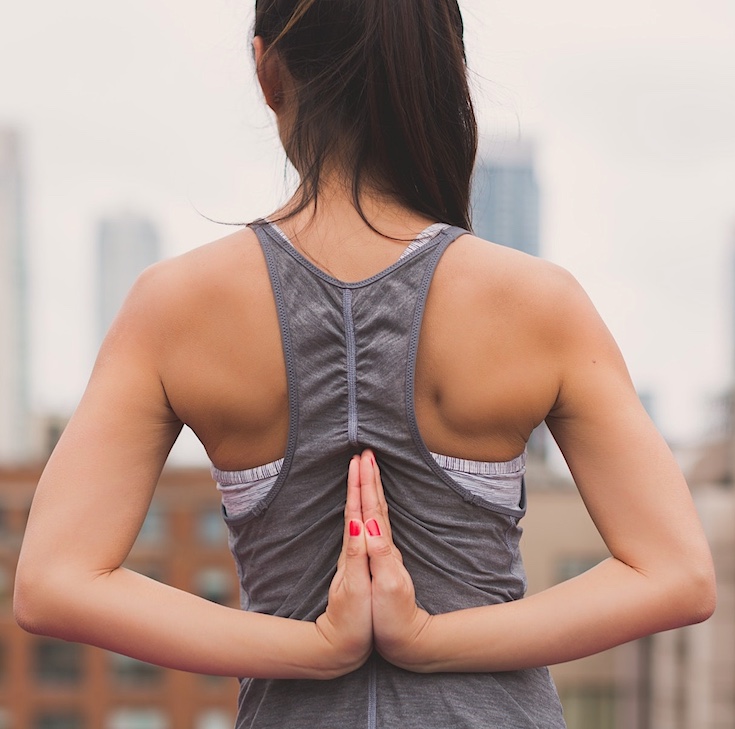
Aquatic Exercises
Water exercises are great for a sore back. The water supports some of your weight, making you more comfortable while you build up strength and flexibility thanks to the water’s resistance.
Additionally, consider walking in a pool to minimize the pressure on your spine if you are experiencing more severe pain.
Pilates & Yoga
Pilates exercises build your abdominal and back muscles, while Yoga may help your flexibility, strength, and sense of balance.
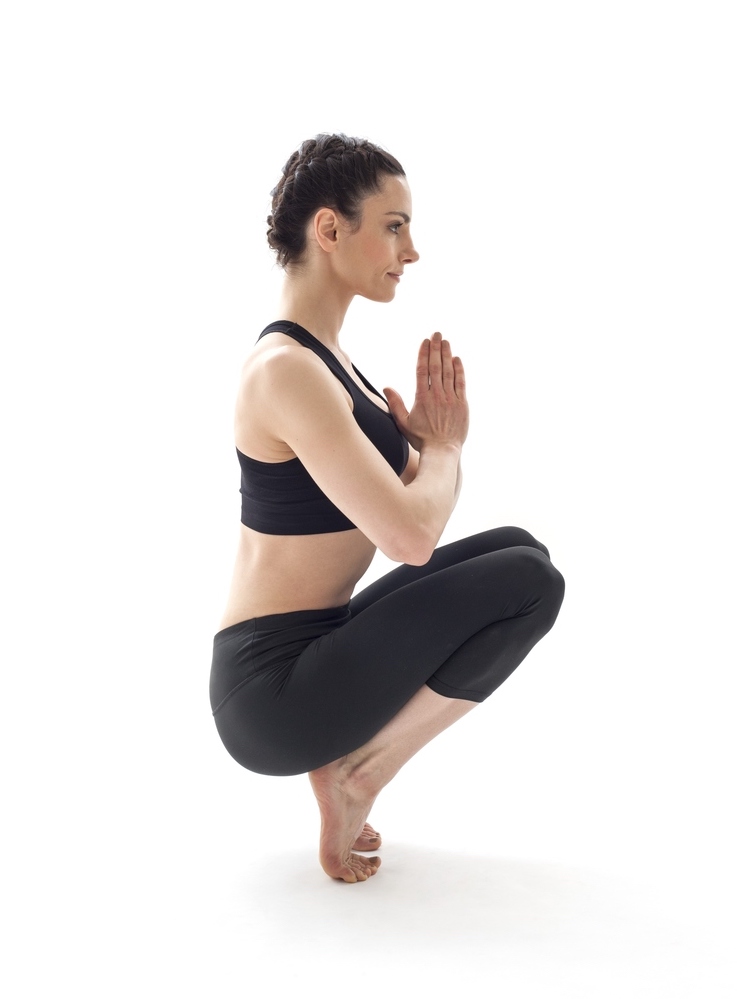
(adsbygoogle = window.adsbygoogle || []).push({});
Seating Posture
Your spine has a series of natural curves, and if your typical sitting posture does not support these natural curves, you may damage your sensitive spinal nerves.
If you have a job that involves a lot of sitting, take time to make sure your office chair and desk are ergonomically aligned to support your spine. Many workplaces offer ergonomic chairs and desks to ensure you remain comfortable at work and pain-free.
Consider working at a stand up desk or sitting on an exercise ball for a portion of the day.
Last but not least, it’s a good idea to stretch and walk around every half hour. Instead of writing an email to your colleague, consider walking over to them.
(adsbygoogle = window.adsbygoogle || []).push({});
Heat & Ice Therapy
Applying heat to the muscles around your spine increases blood flow, which in turn brings healing nutrients to your muscles. Heat therapy can also reduce pain associated with the muscles and joints around your spine—and it may relieve your muscle spasms. You can try heating pads that stick to your lower back and deliver a low level of heat over several hours, warm gel packs, hot water bottles, or a warm bath.
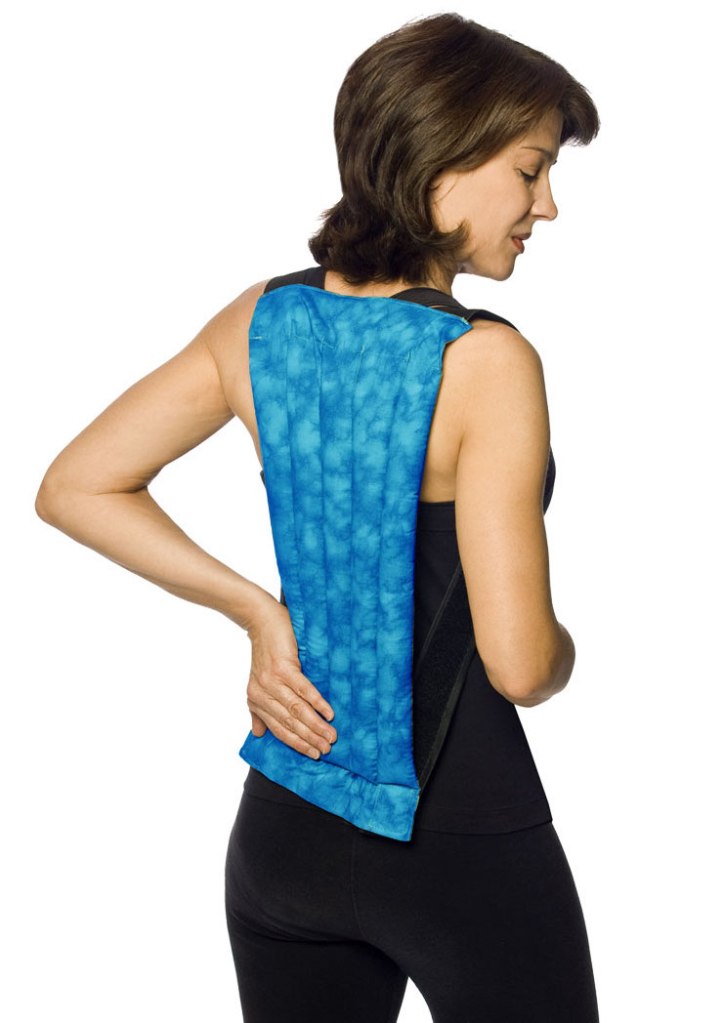
You can also try putting ice wrapped in a towel to the painful areas on your back. Do it several times a day for up to 20 minutes each time. After a few days, switch to a heating pad or warm pack to help relax your muscles and increase blood flowing to the affected area.
Pillow Positioning
When you lie down, you want a pillow that supports the natural curve of your neck. This means that people who have different sleeping positions will need different kinds of pillows. For example, if you sleep on your side you will typically need a thicker pillow to ensure your neck and head are positioned in the middle of your shoulders.
Your height and the width of your shoulders will also help determine the kind of pillow you need. Therefore, if you’re petite, you will need a slimmer pillow than if you’re broad-shouldered.
It also goes without that a supportive mattress that helps properly position you while you sleep is essential too.
(adsbygoogle = window.adsbygoogle || []).push({});
The Gist of it
By following these simple tips, you are doing your spine and overall health a favour, and avoiding a sore back. So take care of yourself and to treat your spine well.
P.S. If you enjoyed this post, sign up to my newsletter to get the latest advice, tips, giveaways and freebies right into your inbox!
(function(d, s, id) {
window.Wishpond = window.Wishpond || {};
Wishpond.merchantId = ‘867182’;
Wishpond.writeKey = ’59f0e9b51410′;
var js, wpjs = d.getElementsByTagName(s)[0];
if (d.getElementById(id)) return;
js = d.createElement(s); js.id = id;
js.src = “//cdn.wishpond.net/connect.js”;
wpjs.parentNode.insertBefore(js, wpjs);
}(document, ‘script’, ‘wishpond-connect’));
//pagead2.googlesyndication.com/pagead/js/adsbygoogle.js
(adsbygoogle = window.adsbygoogle || []).push({});
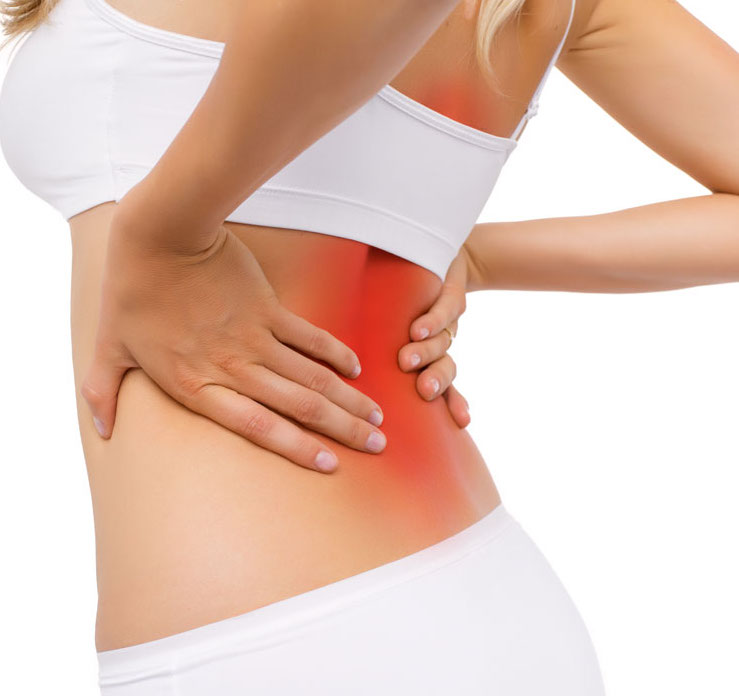
Leave a comment